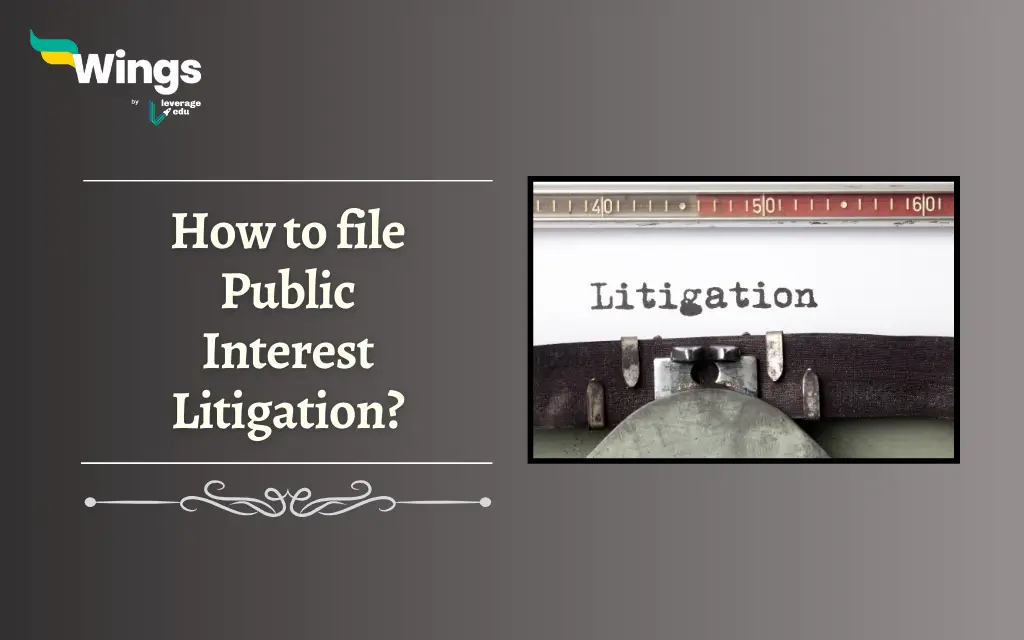Public Interest Litigation (PIL) is a powerful litigious way for Indian citizens to put to use their public rights for the benefit of the greater good. PIL gives power to the citizens to file lawsuits in India’s High Courts or the Supreme Court. Additionally, it manages issues that affect a community’s rights and not individual ones. Public Interest Litigation also aims to implement legal responsibilities and promote social change as a whole. Moreover, it is important to note that legal aid is available for those who cannot afford legal representation. Read on to learn the steps on how to file Public Interest Litigation and more!
Steps to File a Public Interest Litigation
In addition, here are the steps and the breakdown of the PIL process:
- Gather Evidence:
- This evidence needs to clearly define the public interest issue you want to address.
- The collection of relevant documents, reports, and data to support your claims.
- Moreover, witness statements can also be helpful.
- Draft the PIL Petition:
- The petition should clearly state the court (High Court or Supreme Court) you are filing it in.
- Additionally, mention yourself (petitioner) and the party you are against (respondent) with clear details.
- It is important to distinctly communicate the issue, especially if the Fundamental Rights are being violated (if applicable), and the specific solution you want from the Court.
- File the Petition:
- You can either file the PIL yourself or get help from a lawyer.
- However, some High Courts have online filing systems, while others require physical filing.
- Court Hearing and Order:
- The Court will review your petition and may issue notices to the respondents.
- Furthermore, the hearings will be held to hear arguments from both sides.
- Thus, the final order from the Court will depend on the specific case.
Fascinating Fact! Public Interest Litigation was first introduced in India by Justice V. R. Krishna Iyer, a former Supreme Court judge. It initially originated in the United States, however, it achieved influential popularity in India due to Justice Iyer’s advocacy for marginalised communities through legal means.
Who can file a Public Interest Litigation?
Public Interest Litigation is meant for the good of the public, and thus, a range of people can file a PIL:
- Indian Citizens: Any citizen of India can file a PIL if they believe a public right is being violated.
- Organizations: Additionally, registered NGOs, social activist groups, or even companies can file PILs on issues impacting public interest.
Also Read: What is the Full Form of UR?
How much does it Cost to file a PIL?
There is a Court fee of Rs. 50 per respondent. In addition, there may be other expenses such as:
- Lawyer Fees: If you choose to consult a lawyer that specialises in PIL it is beneficial, but their fees can vary.
- Documentation: There are additional costs that you will need to bear such as photocopying documents and evidence which will add to the cost.
- Travel: Moreover, Court appearances will incur travel expenses.
Related Blogs
| Article 21: Right to Life and Right to Personal Liberty | Features of Democracy in India |
| What is Universal Adult Franchise? | What are Fundamental Rights? |
I hope this blog answers your query on How to file Public Interest Litigation. Moreover, you may even read more blogs and empower yourself with knowledge regarding Civics and Polity!
 One app for all your study abroad needs
One app for all your study abroad needs














